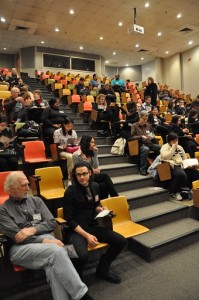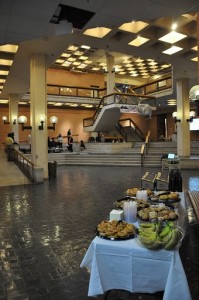David Carr recently wrote a piece in the New York Times where he states,
Add one more achievement to the digital revolution: It has made it fashionable to be rude.
Has it?
The article is about how people are increasingly gazing into little glowing screens when in physical space. Carr views this as a “mass thumb-wrestling competition” where we are “desperately” staring at devices instead of making “actual” connections. And it is his usage of “actual” here that tips us off on why he has such a negative view of people looking at screens: he, like so many others, suffers from digital dualism. I’ve critiqued Amber Case, Jeff Jarvis and others on this blog for failing to make the conceptual leap that the digital sphere is not this separate space like The Matrix but instead that reality is augmented. I’ve been through the argument enough times on this blog that I’ll just refer you to the links and move ahead.
Carr’s digital dualism begins in his description of people looking at phones while at South By Southwest this past spring, something he then uses as evidence for the larger problem of increasing disconnectedness. He argues, more...










